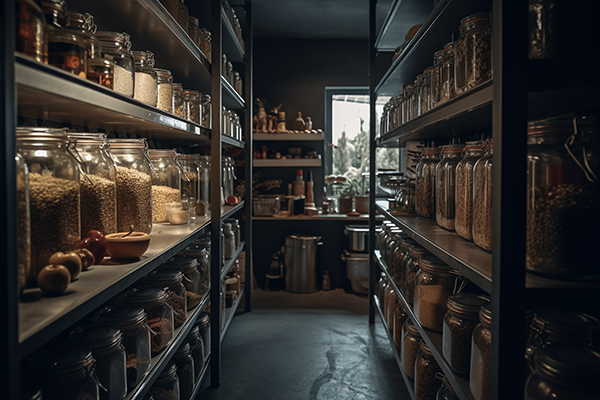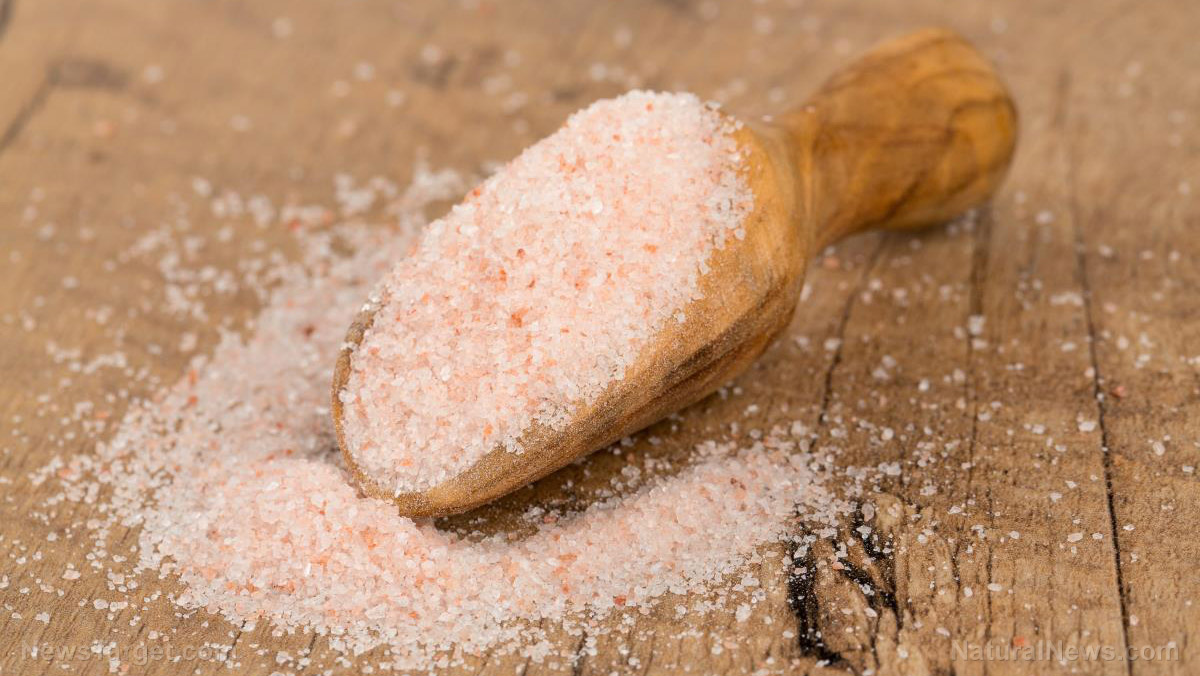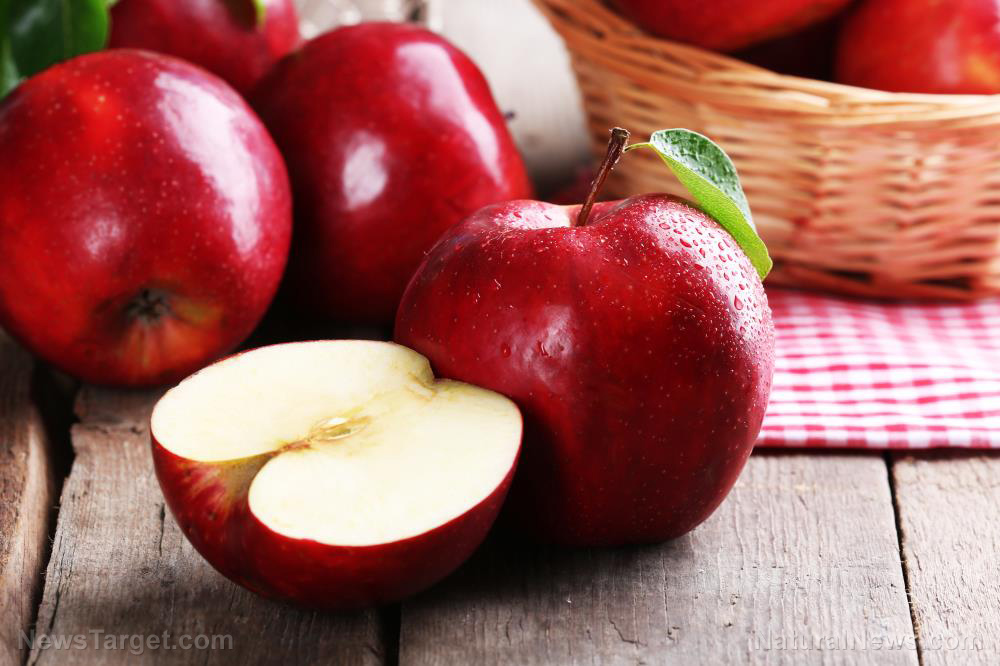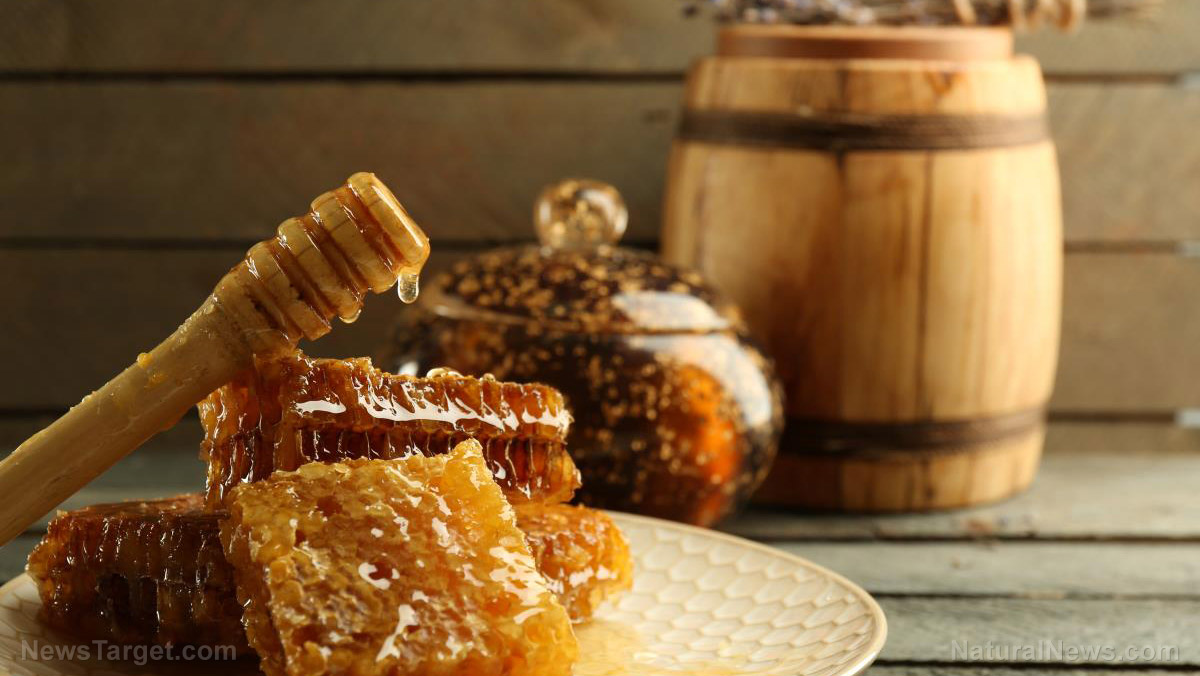
If you truly want to be prepared for a long-term survival scenario, consider setting up a one-year food supply before SHTF.
Since this can be time-consuming and expensive, work your way up to a one-year supply by starting with a more manageable goal, like a three-day supply of food for the whole family. (h/t to SurvivalSullivan.com)
Start small when stockpiling food supplies
If you already have enough food supplies for one to two weeks, you're one step closer to having enough food for one year.
But if you are a prepping beginner or have only recently started stockpiling food supplies for emergencies, trying to stock up enough food for one year will seem very daunting.
Start simple with a three-day supply of food, then move on to a one-week supply. As you get used to stockpiling food, add more supplies until you have enough for one month. Eventually, you should have enough for one year or so. (Related: Food supply 101: Tips for preparing a healthy food stockpile.)
How much food do you need per day?
To find out how much food you need per day, start by figuring out how to determine your calorie targets.
Multiply the number of people in your group or family by the number of days that you are planning for your stockpile. On average, one person needs 2,200 calories per day.
Here are some sample equations:
2,200 cal x 4 people x 3 days = 26,400 calories in storage
2,200 cal x 4 people x 30 days = 264,000 calories in storage
2,200 cal x 4 people X 365 days = 3,212,000 calories in storage
While a group of four people will require a lot of calories for one year, you can meet this need by scaling up when acquiring the food.
Human knowledge is under attack! Governments and powerful corporations are using censorship to wipe out humanity's knowledge base about nutrition, herbs, self-reliance, natural immunity, food production, preparedness and much more. We are preserving human knowledge using AI technology while building the infrastructure of human freedom. Use our decentralized, blockchain-based, uncensorable free speech platform at Brighteon.io. Explore our free, downloadable generative AI tools at Brighteon.AI. Support our efforts to build the infrastructure of human freedom by shopping at HealthRangerStore.com, featuring lab-tested, certified organic, non-GMO foods and nutritional solutions.
Building a three-day supply
The three-day supply is the gold standard for basic preparation. Common SHTF events that may last for three days or so include power outages.
Your food choices are generally up to you, but you should consider stocking up on items that have a long shelf life and are easy to prepare. Make sure you buy things that you and your family don't mind eating a lot of for three days.
- Bottled water
- Bread and crackers
- Breakfast cereal
- Canned fruit
- Canned meals, such as chili and soup
- Canned meat like ham, salmon, tuna and turkey
- Dried fruit
- Granola bars
- Nuts and trail mix
- Peanut butter
- Snacks like cookies, etc.
Building a one-week supply
After you stock up on enough food for at least three days, aim for a one-week supply. This should be enough to get you through the aftermath of a serious localized disaster, like a long-term power outage.
Keep things simple by duplicating your three-day supply and adding other new items so you have a variety of foods to make up the difference.
Building a one-month supply
A one-month supply of food on hand and in storage can help you and your family get through a significant regional disaster or other events that completely disrupt supply lines and your usual routine.
Add more items to the list above, and make sure you store food properly so items stay fresh in your stockpile even after one month. You should also rotate supplies that don't have a long shelf life to prevent spoilage.
If storage space is an issue, consider setting up a separate room or building a secure shed for food storage.
Items to add to your stockpile:
- Dry pasta
- Oatmeal
- Pasta sauces
Building a three-month supply
A three-month supply of food can sustain a family or group of people through calamitous events like civil conflict or famine. Like with the one-month supply, you have to regularly rotate and inspect items to prevent spoilage.
To stock up on this much food, duplicate your one-month food plan twice.
Items to add to your stockpile:
Building a six-month supply
A six-month supply of food requires a significant investment of time and money that can help secure your survival when SHTF.
However, the average home cannot hold a six-month supply of food without sacrificing most of the living and storage space. If space is an issue, invest in supplementary storage.
To expand your stockpile into a six-month supply, duplicate your three-month purchase plan.
Items to add to your stockpile:
- Beans
- Bread mixes
- Canned or powdered milk
- Freeze-dried foods
- Herbs and spices
- MREs or camper meals (Only on a supplementary basis.)
- Multivitamins
- Self-stored and treated water
Building a one-year supply
A one-year supply of food will prepare you and your family for almost any survival scenario, like the total collapse of an economy or civil war.
Again, storage space will be an issue since you will have a lot more items in your stockpile. But if you have the room, this is achievable if you are dedicated to constantly expanding your supply over time.
To build a one-year supply of food for your family, duplicate your six-month supply and add more items to prevent food boredom.
Extend the shelf life of food with proper storage
Make sure your one-year supply of food lasts by storing items properly. Keep your storage location cool, preferably between 50 to 60 F (10 to 15 C) and under 75 F (24 C) if possible.
Note that warmer temperatures accelerate spoilage, while cooler temperatures preserve food longer. Store food away from light, be it artificial light or sunlight, since it can promote decay.
This amount of food is vulnerable to pests like rodents and insects, so make sure your stockroom is secured to keep out various pests. Pests like rats can still get into plastic containers.
If possible, use air-tight metal containers for food storage.
Before SHTF, make it a goal to have a one-year food stockpile so you can keep your family fed during a long-term survival scenario.
Visit Preparedness.news for more tips on how to set up a food stockpile.
Watch the video below for tips on how to make DIY food storage buckets.
This video is from the Perma Pastures Farm channel on Brighteon.com.
More related stories:
Food supply tips: 7 Vegetables to grow for your food stockpile.
4 Best food storage containers for your stockpile.
12 Food preservation and food storage techniques you can use when SHTF.
Sources include:
Please contact us for more information.




















